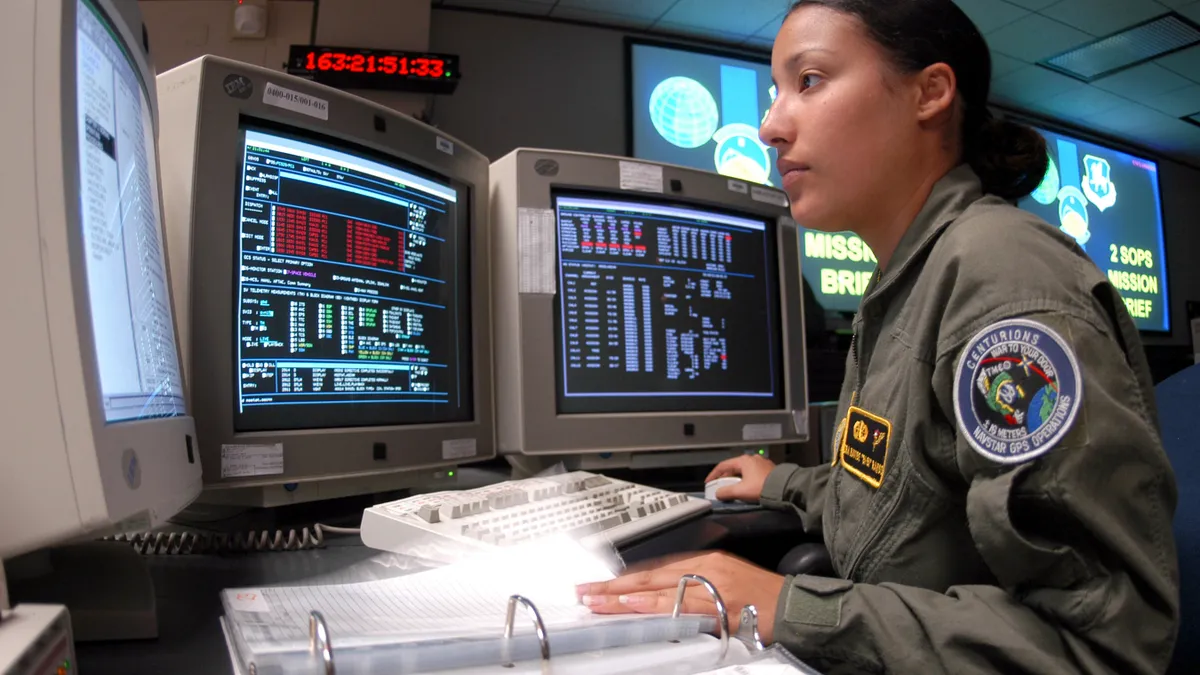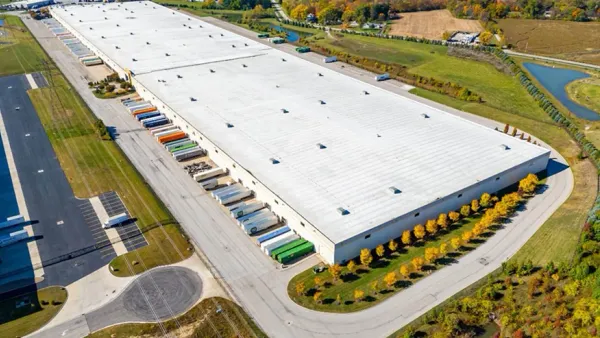Veterans are a crucial part of the supply chain. At minimum, they exit the service with valuable skills and experience for the industry. But the link between the military and the supply chain is deeper than shared personnel.
In many ways, the supply chain we have was built to serve the men and women we celebrate on Veterans Day. Later, civilians borrowed the military's management strategy to create an industry, which continues to benefit from the purposeful, research-oriented way much of the military supply chain was developed.
Here are few examples of lessons the private sector is still learning from U.S. military supply chains.
Customer-centric performance metrics
Modern inventory management is about having the right product in the right place at the right time — no sooner and certainly no later. The concept of "just in time" inventory stems from a trend toward lower overall inventory levels, which allow retailers to keep margins in check by speeding up lead times and keeping less stock on hand.
Whether it's building a base or engaging in combat, military gear needs to be where it is needed, when it is needed and likely not too far before, a group of Wharton School researchers found in an analysis of military supply chains. The researchers found at the time, in 2003, the military supply chain used external performance metrics of availability in the field instead of internal metrics.
Now, 15 years later the metrics of availability are coming much more into vogue in civilian supply chains, with retailers judging the success of their supply chains on in-store stockouts and sales lost rather than simple margin or fulfillment cost.
Reverse logistics
Until the rise of e-commerce, in the eyes of the retail supply chain most sales were final. Today since so many consumers opt for the convenience of home delivery over the opportunity to test or try-on, retailers are overwhlemed with returns and are still developing systems and solutions to get them back into circulation.
If taxpayers were funding the retail supply chain, this likely wouldn't be the case.
The same Wharton researchers found that the military has a vast and extremely formalized reverse pipeline for nearly everything it procures. Military personnel may be the users of gear and supplies, but in many cases they are not the first, nor the last, nor do they own the gear they receive. In addition to reverse logistics, the military also has formalized lateral logistics as some gear moves from base to base and not back to its origin.
As retailers drown in returns causing a frankly shameful amount of waste (30% of returns end up in a landfill), the private sector could take a cue from the armed forces and get serious about formalizing these channels.
Back to basics
The military also has had a major hand in mainstreaming if not inventing some essential supply chain technology, which today doesn't seem like technology at all.
Anastacia Marx de Salcedo, author of "Combat Ready Kitchen: How the U.S. Military Shapes the Way You Eat," credits the military with improving the corrugated fiberboard box to its current state, spreading the practice of loading pallets into a shipping container with a forklift and not inventing, but popularizing, the standardized steel container itself.
What does all of this mean for civilian supply chains today?
Military veterans bring not just in-demand hard skills like logistics management, procurement, inventory management, demand planning and driving heavy vehicles to the civilian supply chain. They also bring a set of soft skills learned from the way the military has operated for decades, that can help companies emulate parts of the defense-industrial complex that other supply chains are currently trying to replicate.

















